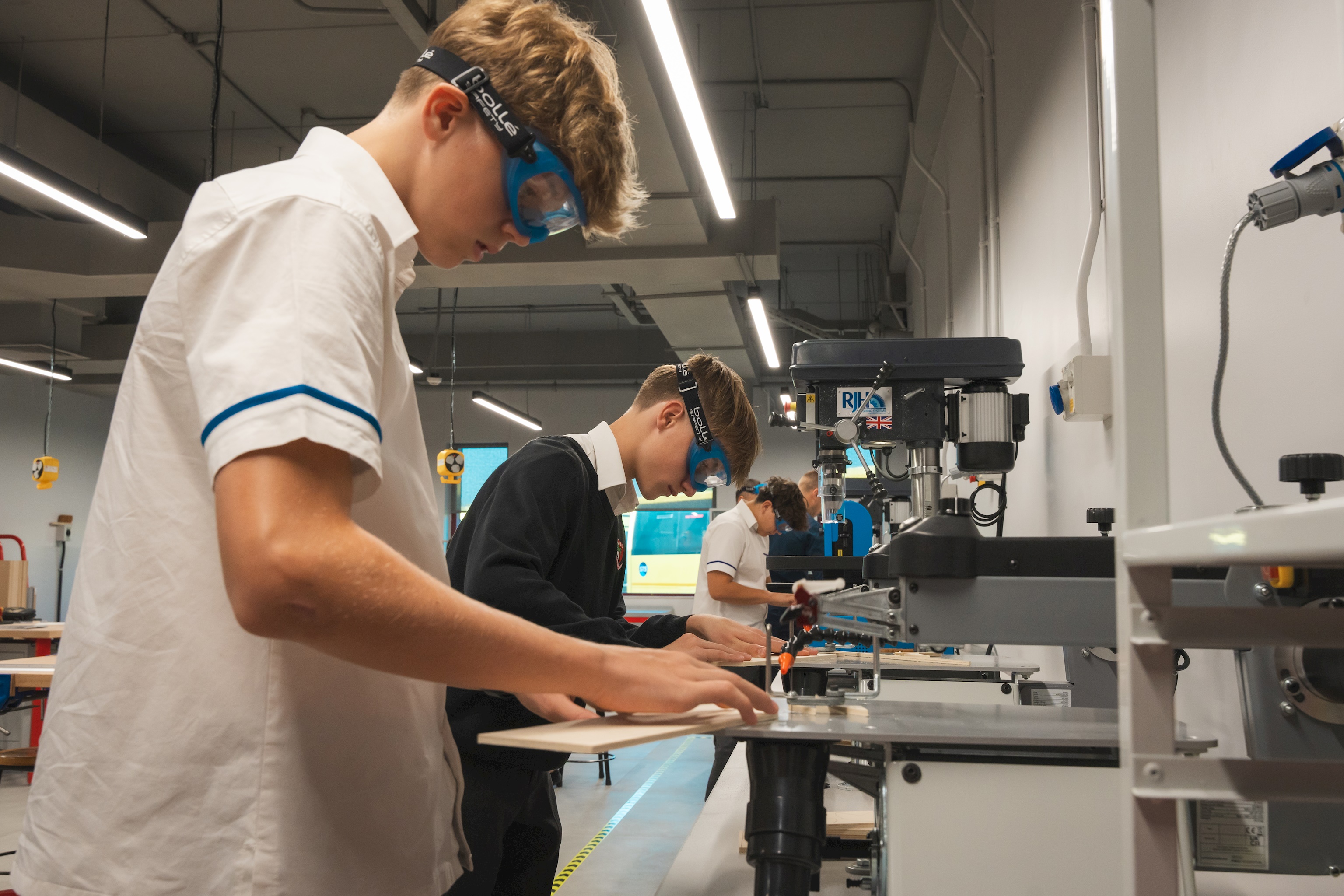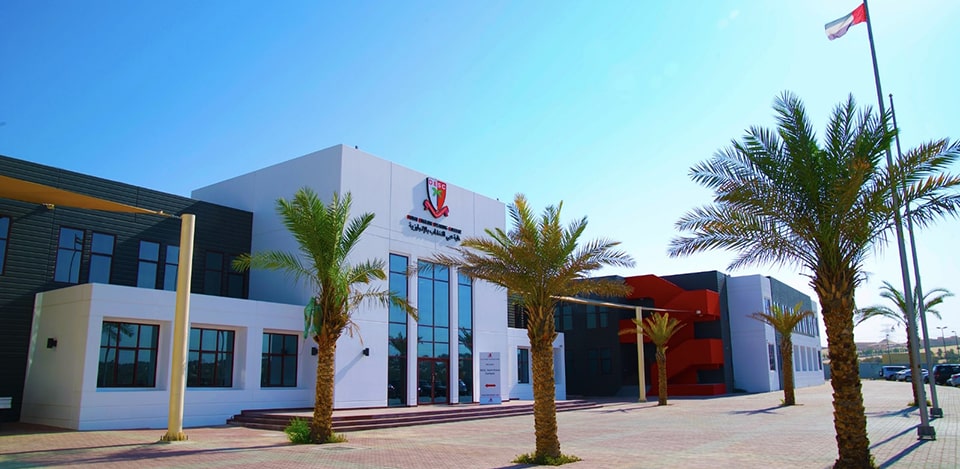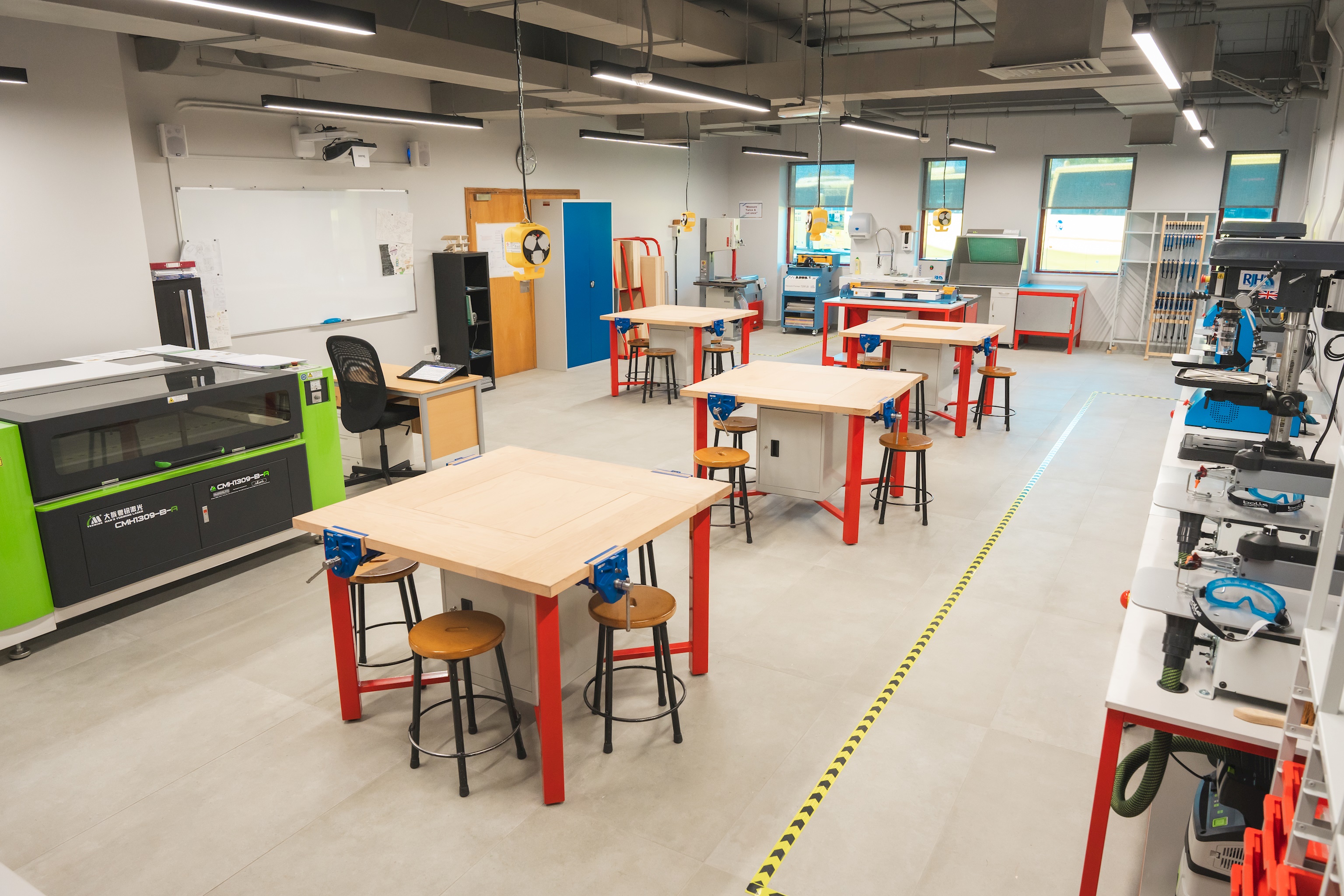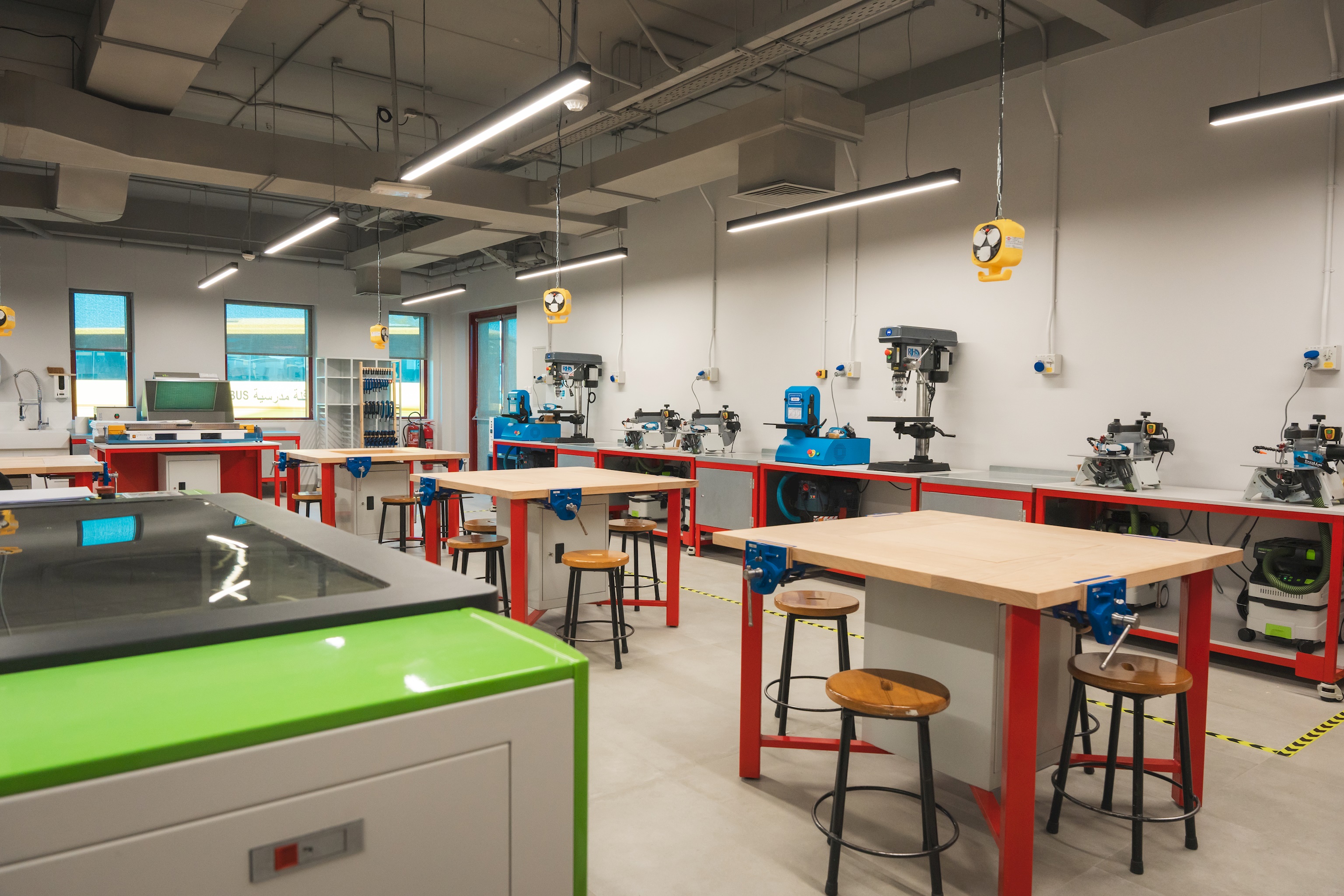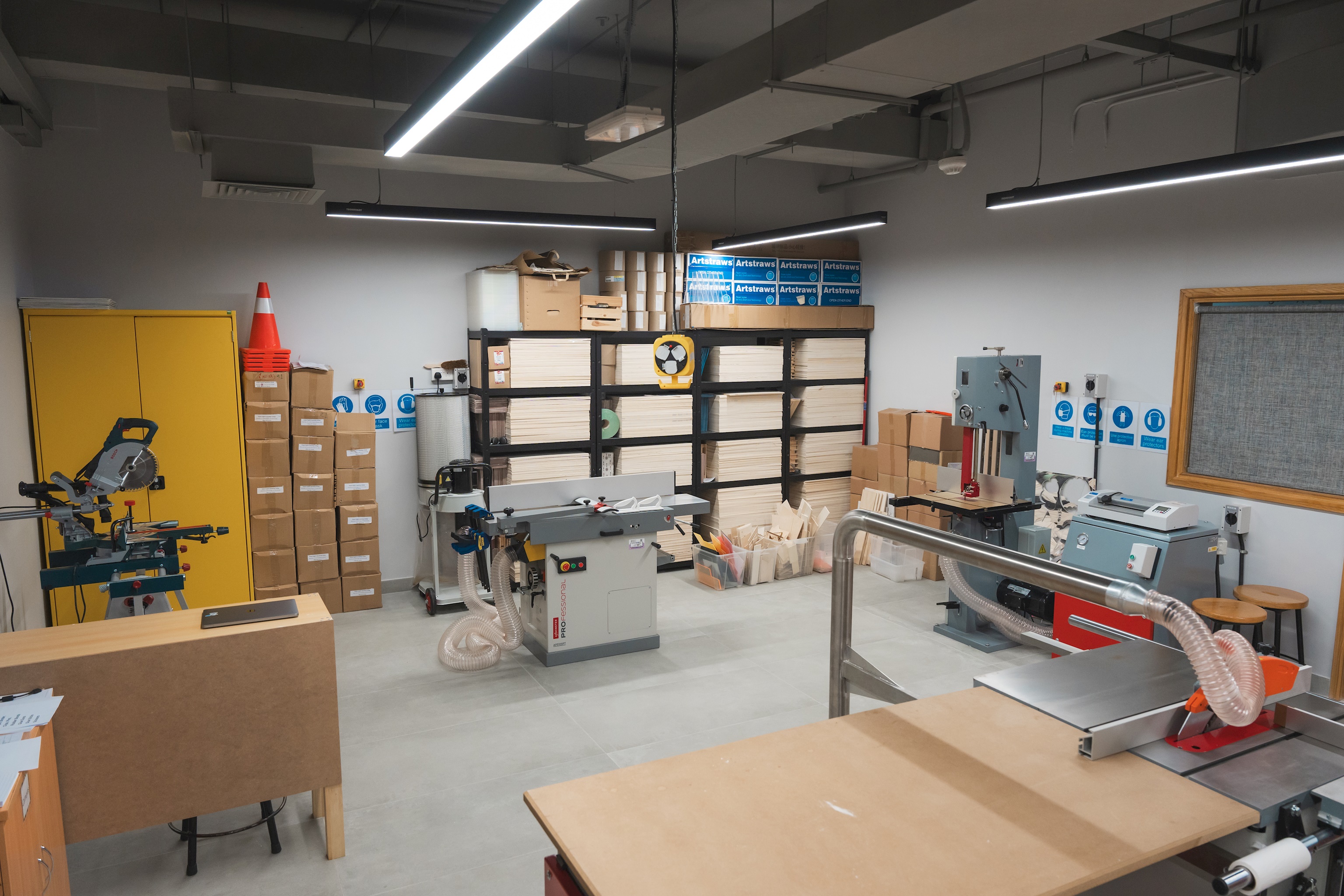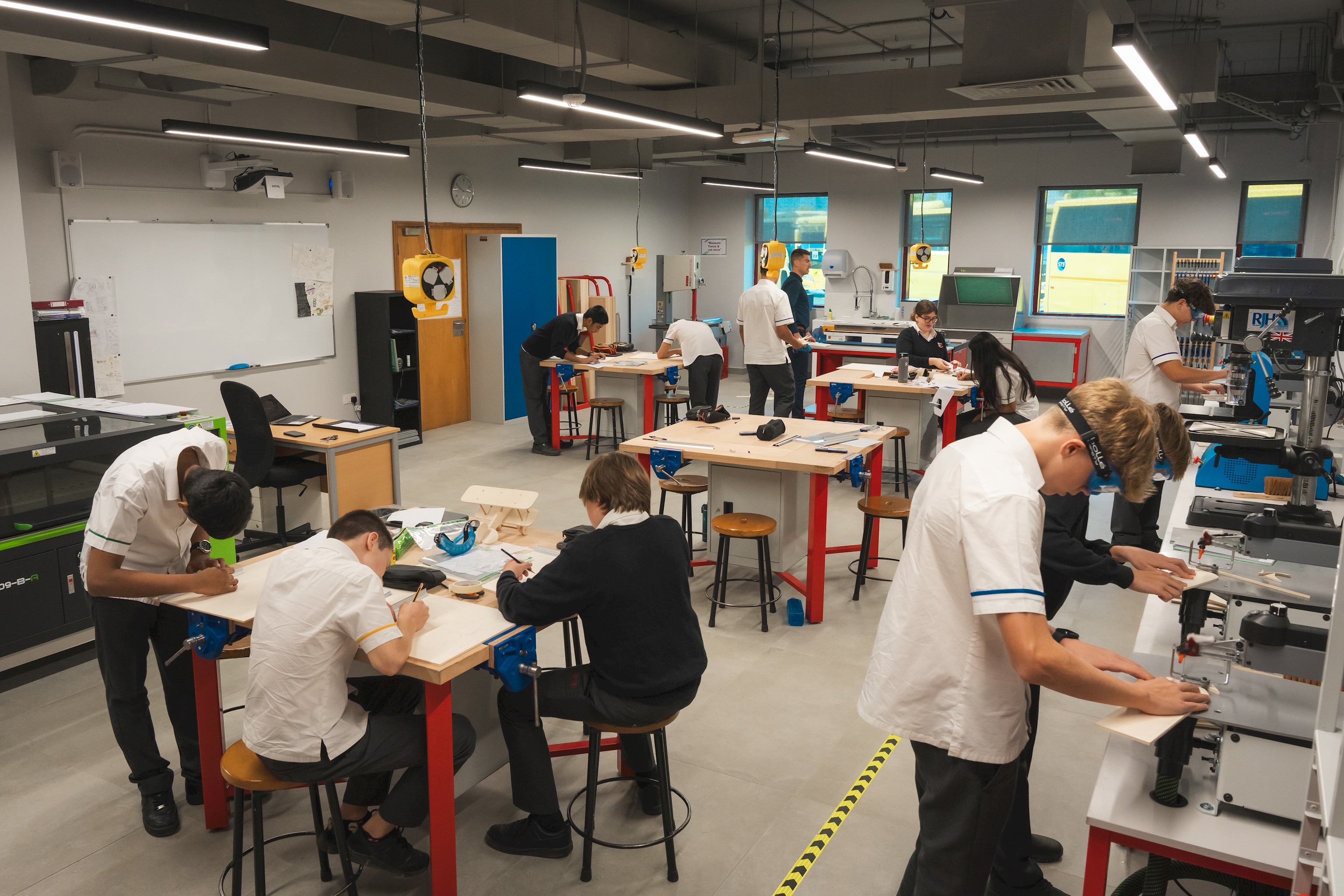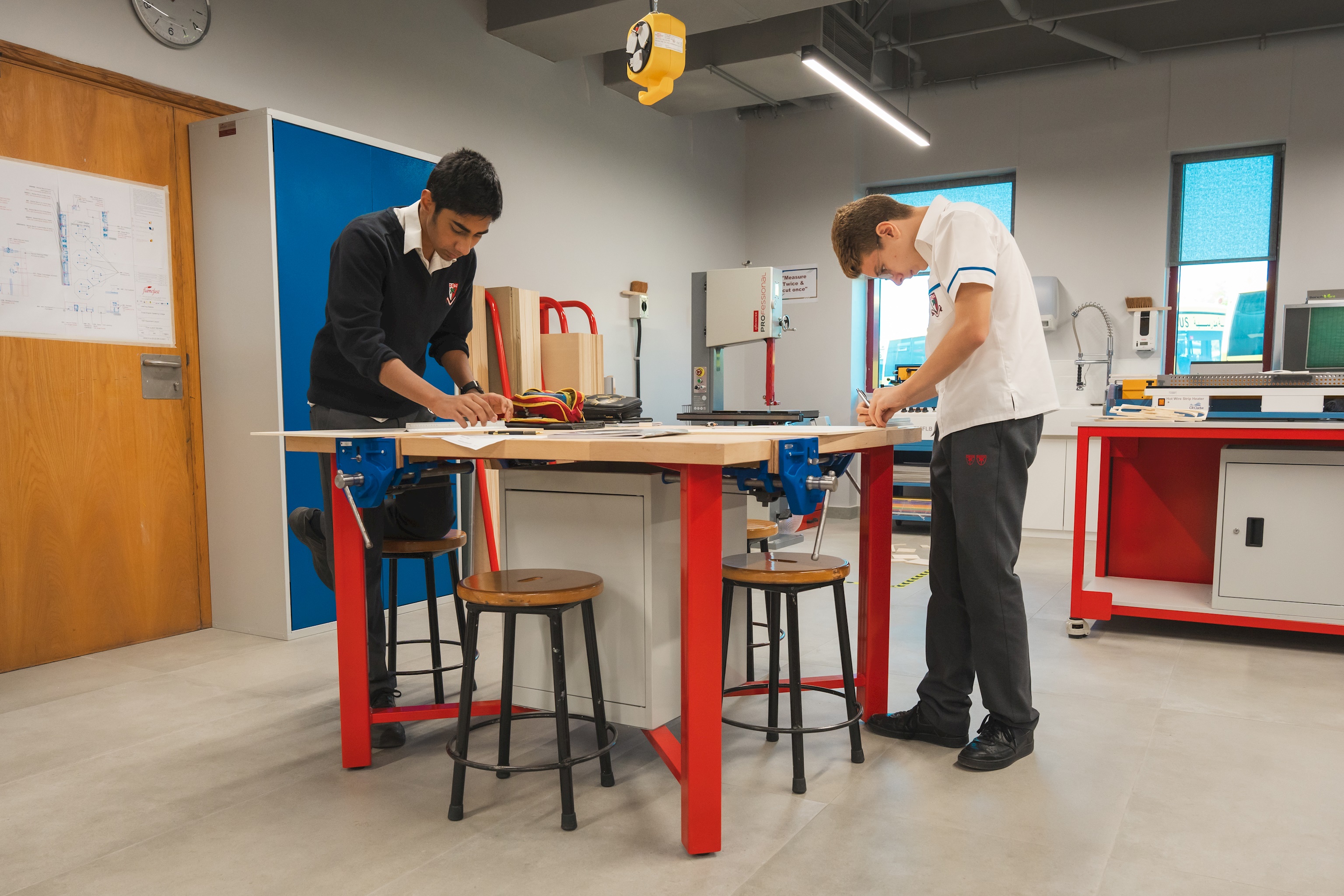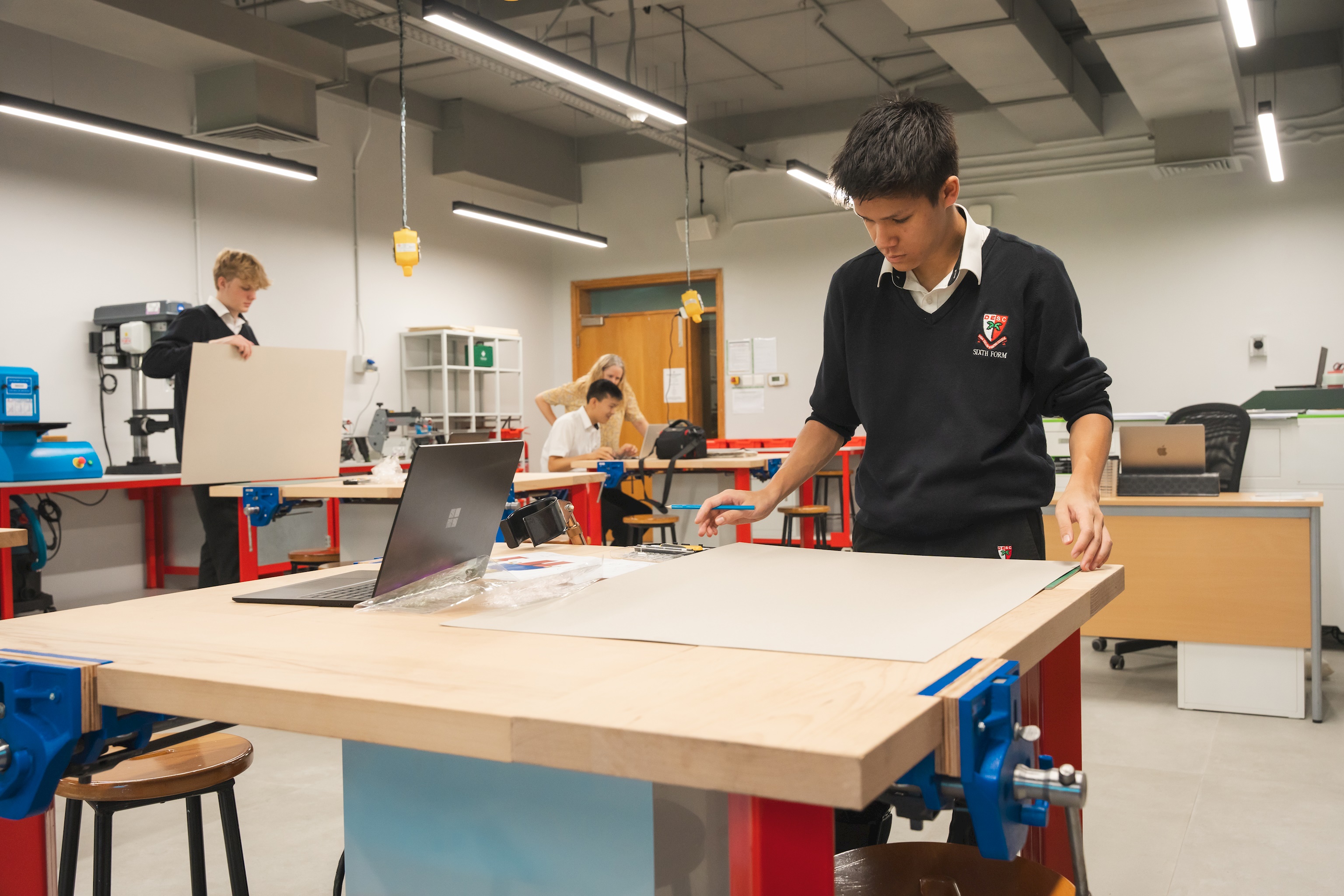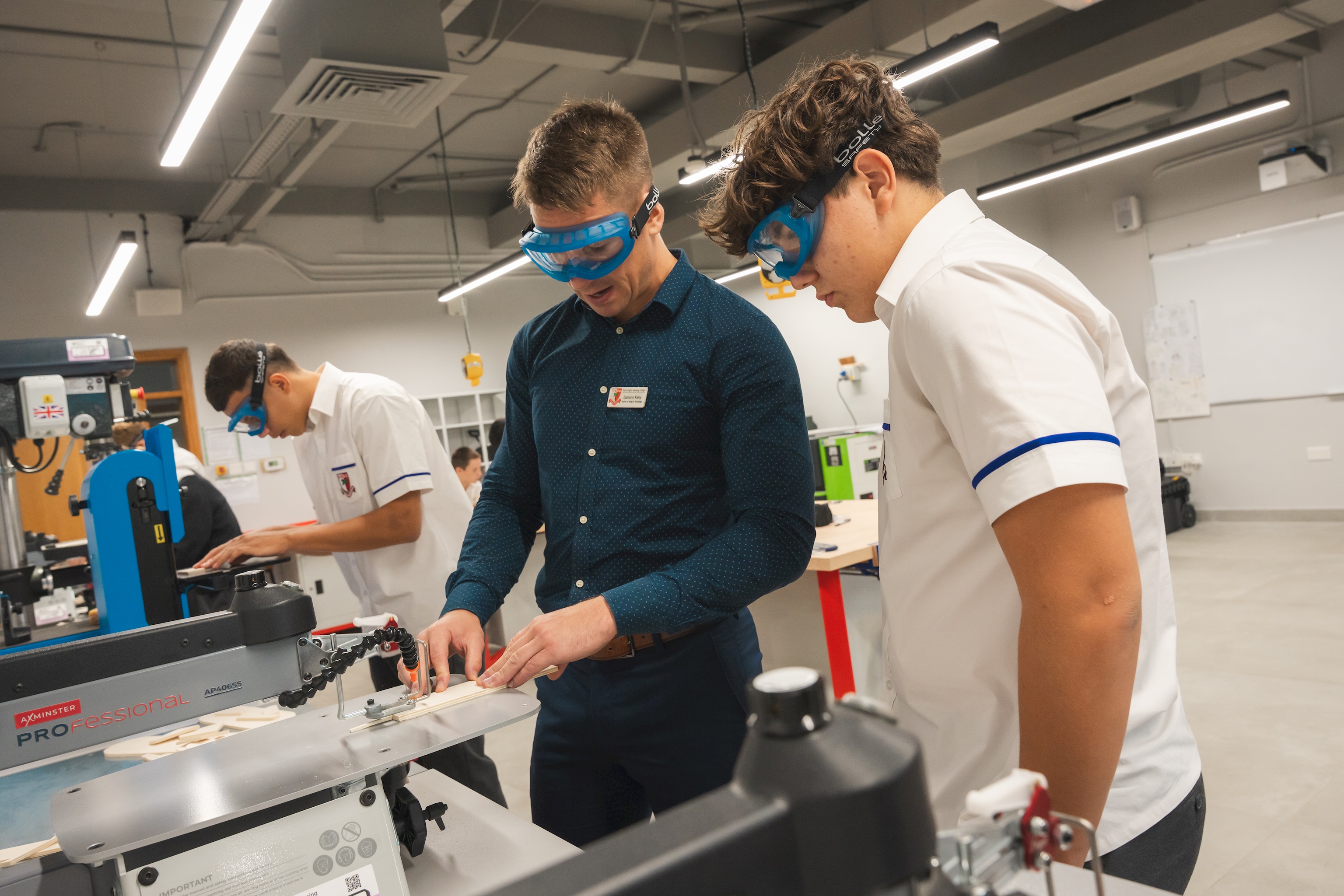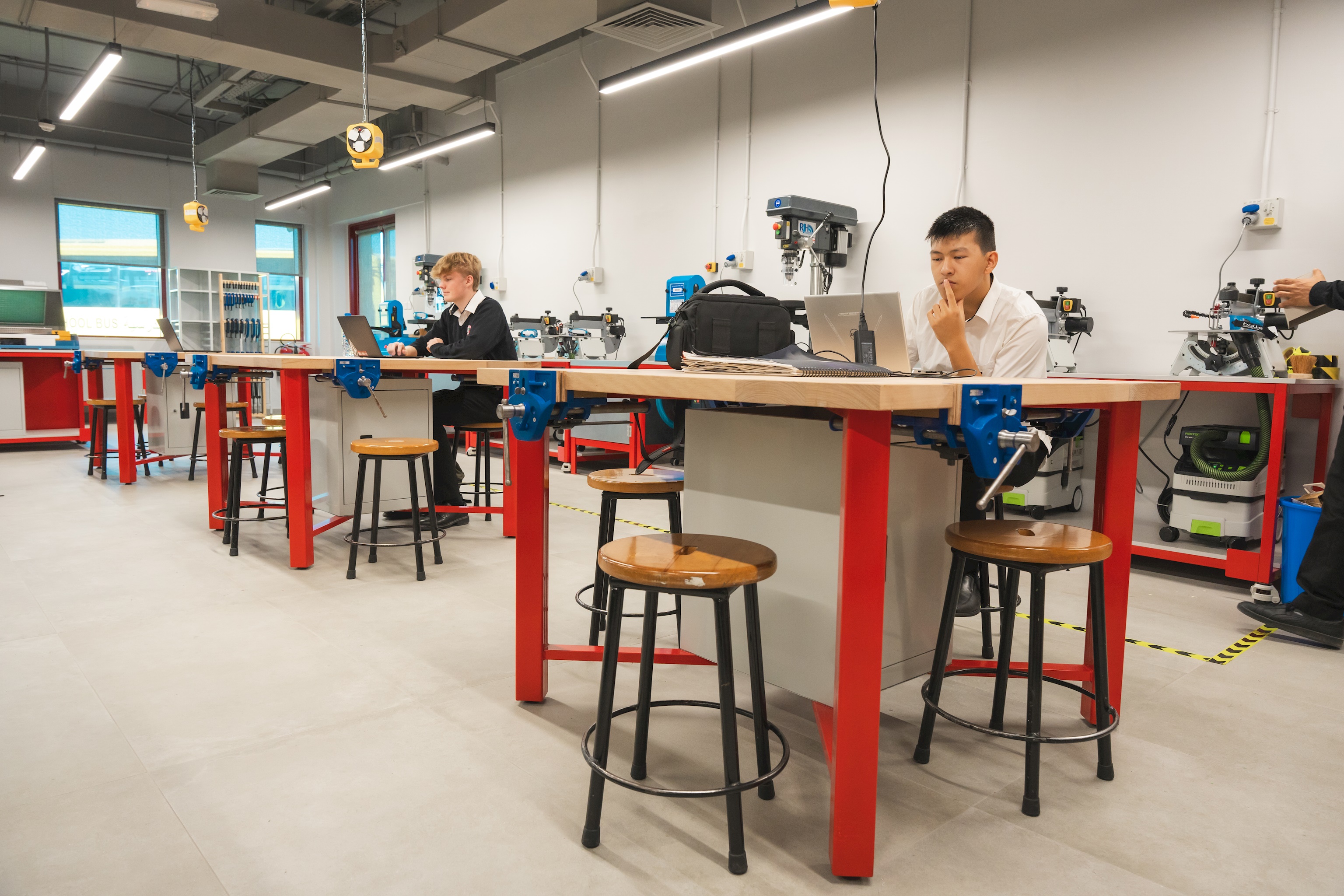Our KS3 students experience a skills-based curriculum with foundations in the AQA GCSE Design and Technology specification. Year 7 students experience a wide range of small practical tasks, where theory of manufacturing processes, materials and design skills are developed. A focus on Computer Aided Design and Manufacture enables students to see rapid prototyping of their designs, a key skill required for GCSE Design and Technology. We aim for our students to learn a new skill each lesson and to become independent practitioners as they move through this Key Stage.
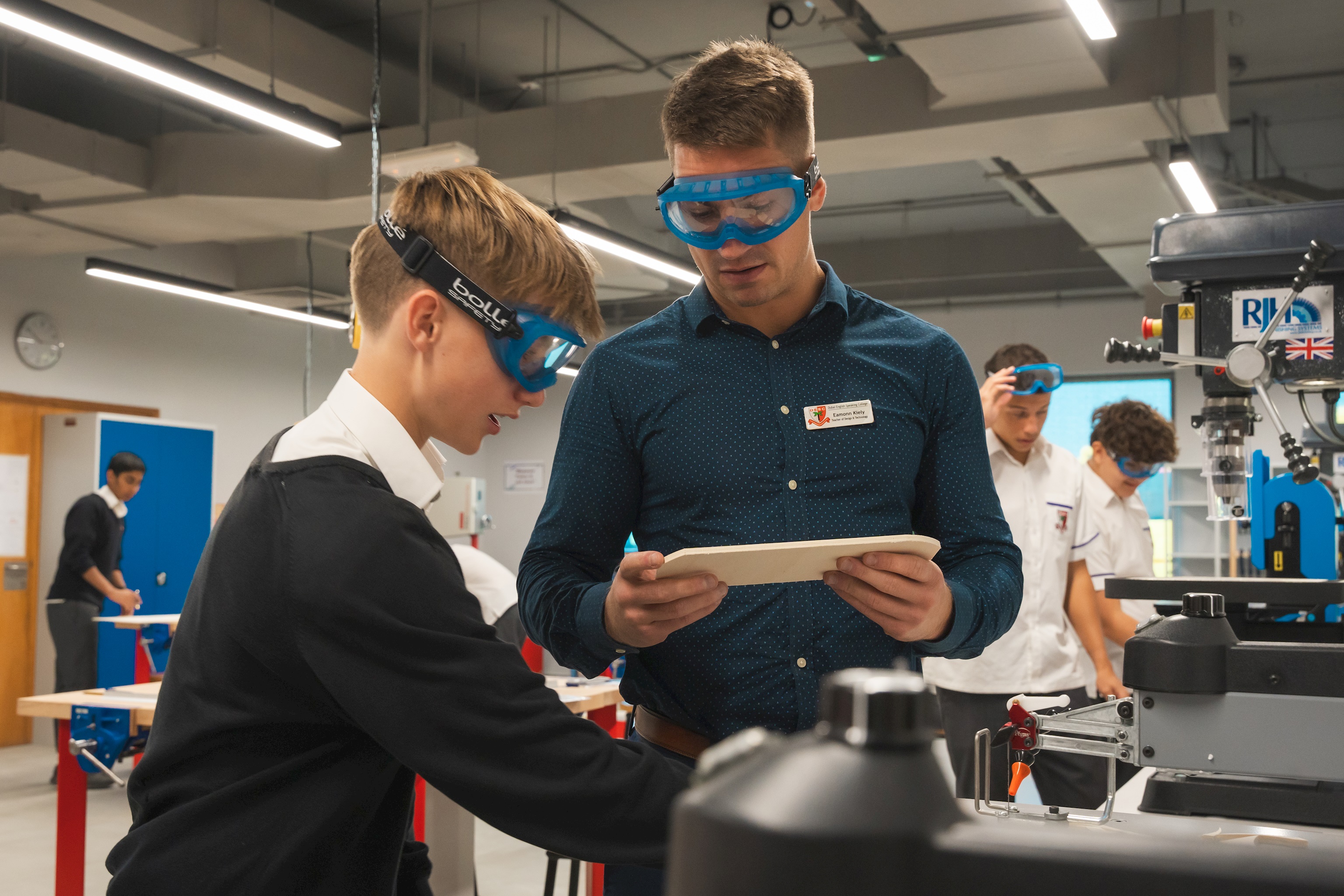
Moving into Year 8, students will focus on a single project focusing on design requirements required to be able to effectively communicate their designs to others. Formal and informal design techniques are used, from busy ideas pages to more formal technical drawing. The skill of taking a design from paper into reality is a focus with students learning about design eras and design influences along with client/user group preferences. All key skills in designers of the future. In Year 9, students undertake a mini GCSE project, giving them an insight into the demands of the GCSE Design and Technology course. One project is completed with equal emphasis on designing and making. Clear links with industry are formed, with Computer Aided Design and Manufacturing (CAD CAM) skills developed. A greater emphasis on innovation and creativity is placed on this project as students need to demonstrate clear desire to create solutions to real problems and work effectively with real clients.
